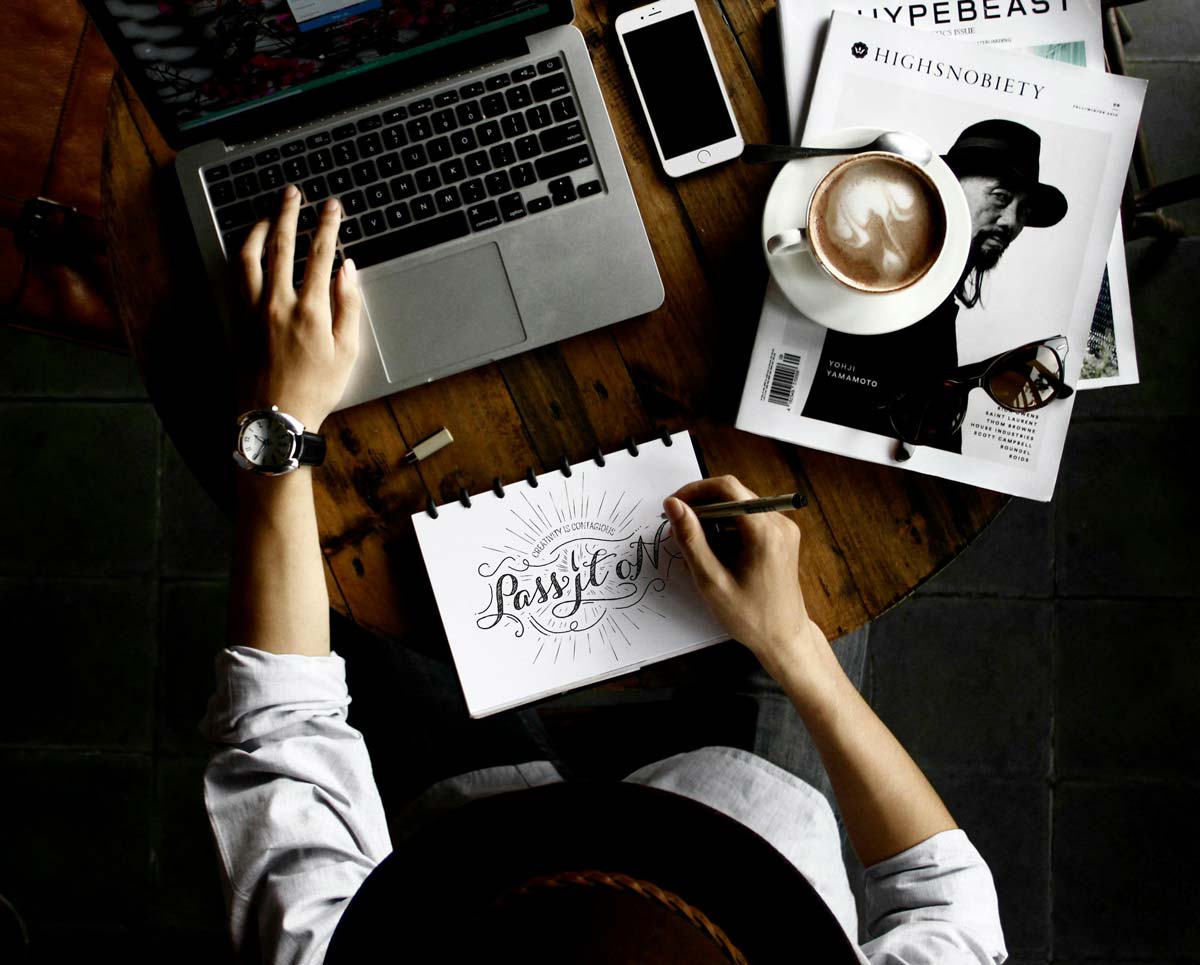Design graphic design
Graphic design ( design graphic design ) is the art and science of creating visual communications that are both aesthetically pleasing and effective. It involves combining elements such as typography, colour, imagery, and layout to convey messages, evoke emotions, and influence behavior, from logos and branding to websites and packaging, design graphic design plays a crucial role in shaping our perception of the world around us.

The Art and Science of Design Graphic Design
Introduction
Design graphic design is more than just creating visually appealing images; it’s a powerful tool that can shape perceptions, influence decisions, and evoke emotions. As a graphic designer, I’ve had the privilege of witnessing firsthand the transformative power of design in various fields, from marketing and advertising to education and social causes.
The Intersection of Art and Science
At its core, graphic design is a harmonious blend of art and science. The artistic side involves creativity, intuition, and a keen eye for aesthetics, allowing designers to craft visually stunning and emotionally resonant compositions. However, the scientific side is equally important, requiring a deep understanding of design principles like color theory, typography, and composition. These principles provide the foundation for creating effective and impactful designs.
The Role of Graphic Design in Our Lives
Graphic design is omnipresent in our daily lives, shaping our perception of the world around us. From the logos on our favourite products to the billboards we see on the streets, design plays a crucial role in communicating messages, influencing our choices, and evoking emotions.
- Effective Communication: A well-designed graphic can convey complex messages in a clear, concise, and visually appealing manner.
- Emotional Impact: Design has the power to evoke a wide range of emotions, from joy and excitement to sadness and fear. By understanding the psychology of colour and typography, designers can create visuals that resonate with their target audience on an emotional level.
- Behavioral Influence: Graphic design can influence our decisions, from what products we buy to how we vote. For example, a compelling advertisement can persuade consumers to choose a particular brand, while a visually appealing website can encourage visitors to take action.
The Design Graphic Design Process
The design process typically involves several stages:
- Briefing: Understanding the client’s goals, target audience, and desired outcomes.
- Research: Gathering information on the topic or industry to gain insights and inspiration.
- Ideation: Generating creative concepts and exploring different design possibilities.
- Sketching: Creating rough sketches or wireframes to visualise the design and communicate ideas.
- Refinement: Developing the final design, incorporating feedback and making necessary adjustments.
- Production: Preparing the design for printing or digital use, ensuring high-quality output.
The Importance of Typography and Colour
Typography and color are two fundamental elements of graphic design that can significantly impact the overall effectiveness of a design graphic design .
- Typography: The choice of font can convey a specific mood or tone. For example, a serif font can evoke a sense of tradition and elegance, while a sans-serif font can convey modernity and simplicity.
- Colour: Colour can evoke emotions and create visual hierarchy. Understanding colour theory can help designers choose colours that complement each other and effectively communicate their message.
The Future of Design Graphic Design
As technology continues to advance, the field of graphic design is constantly evolving. We can expect to see new design tools, emerging trends, and a growing emphasis on user experience. However, the core principles of good design will remain the same: clarity, creativity, and a deep understanding of the human mind.
Conclusion Design Graphic Design
Design graphic design is a powerful tool that can be used to communicate, persuade, and inspire. By understanding the principles of design and utilising the latest tools and techniques, designers can create impactful and memorable work that leaves a lasting impression.
A7Designs offers expert design graphic design services tailored to your specific needs. Contact us today to discuss your project and learn how we can help you achieve your design goals.


